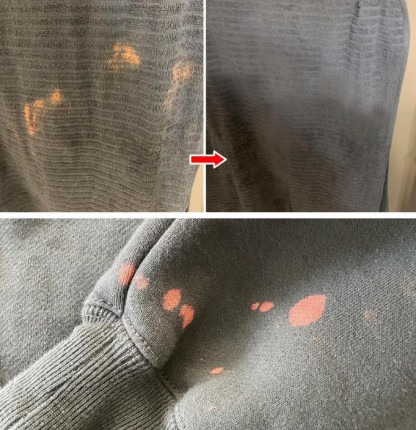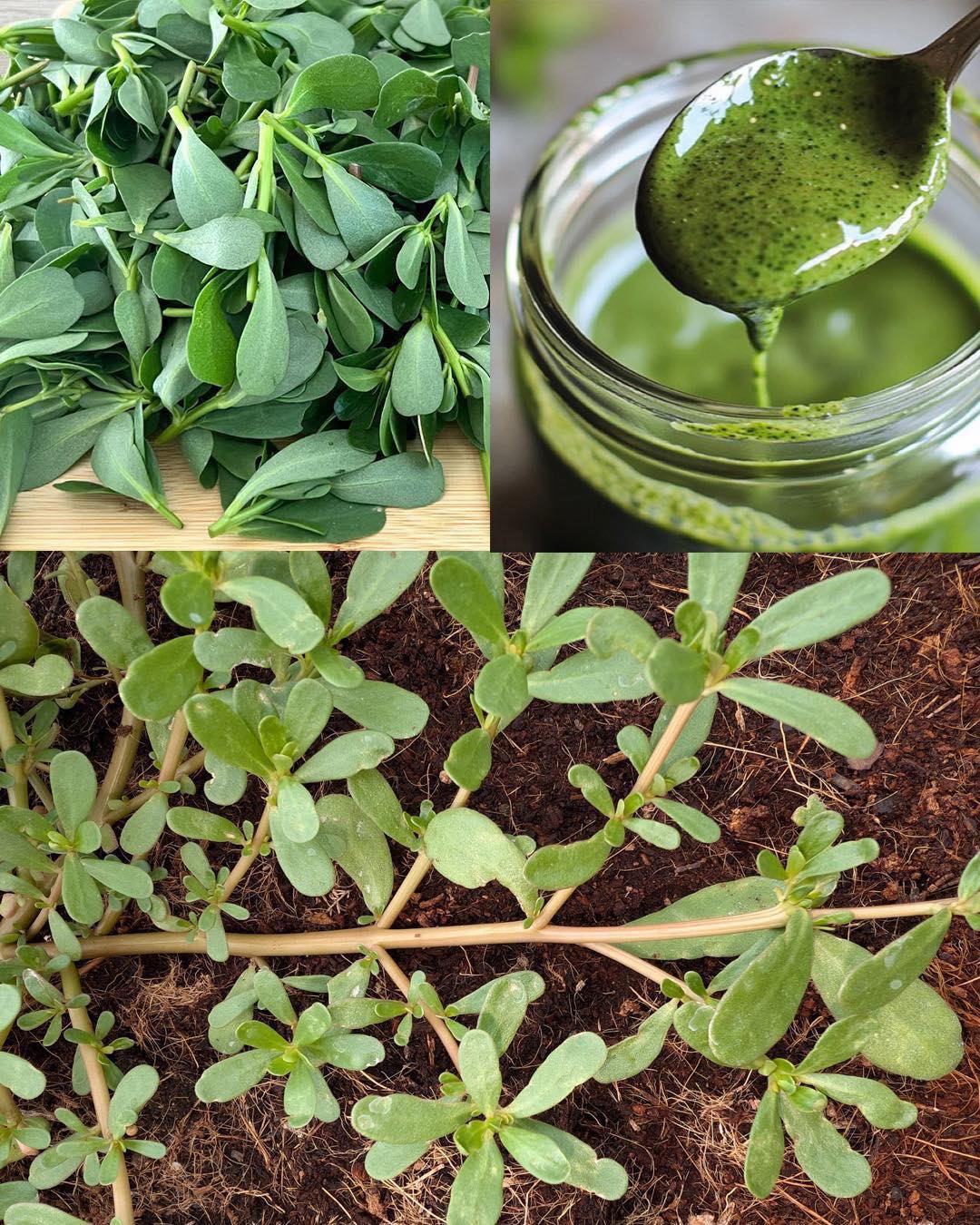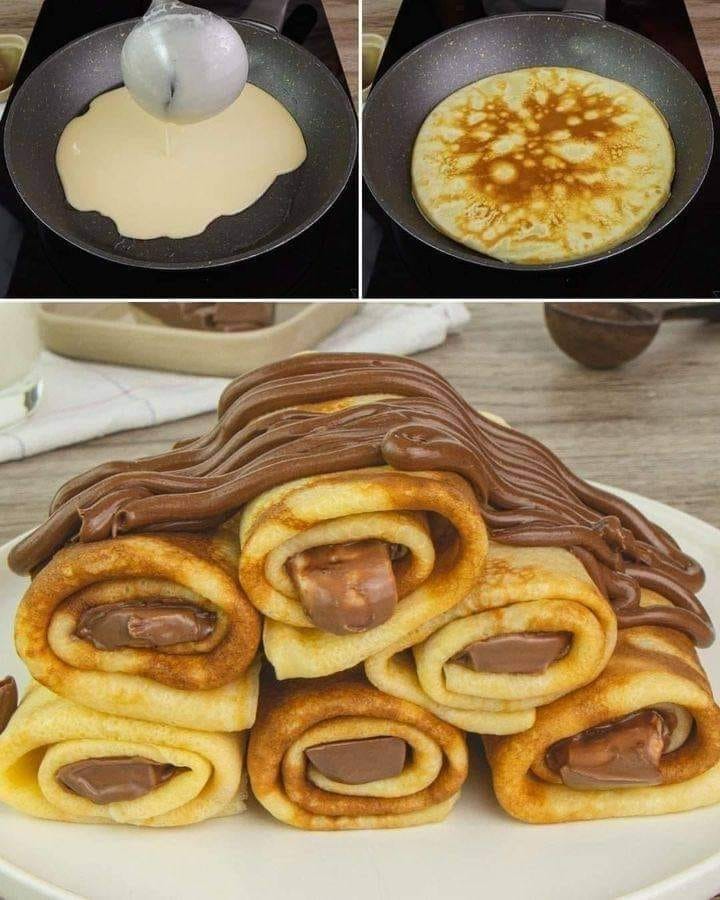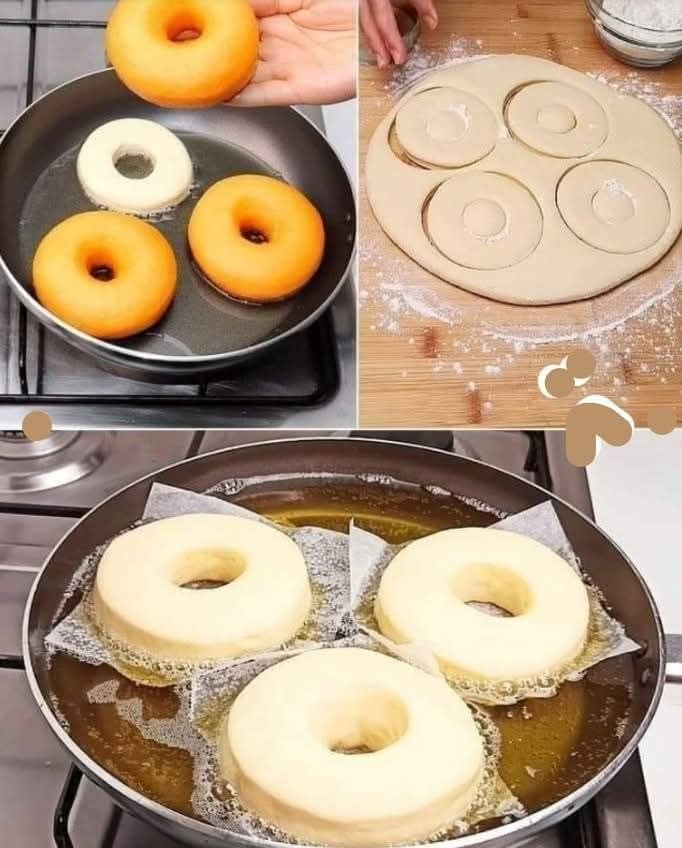1. Prepare a Solution
Mix a small amount (about 1 teaspoon) of sodium thiosulfate in a cup of water. Stir until fully dissolved.
2. Apply to the Stain
Using a clean cloth, dab the solution onto the bleach stain. Let it sit for 5–10 minutes.
3. Rinse with Cold Water
After the solution has set, rinse thoroughly with cold water to remove any chemical residue.
✅ Best For:
- Older bleach stains where color is fully removed
- Preventing further bleaching damage
- Clothes made from durable fabric (test delicate fabrics first)
⚠️ Tip: Always test sodium thiosulfate on an inconspicuous area before using it on the stained part to ensure it won’t damage the fabric.
What If the Color is Already Gone?
Sometimes the bleach damage is too severe—the dye is completely stripped, and the stain is a bright white patch. At this point, the best you can do is camouflage it.
Here are a few creative options:
🎨 Fabric Marker or Dye Pen
Use a fabric-safe marker that matches the color of your garment. These can be found at craft stores or online. They’re especially handy for small bleach spots.
🪡 Patch It
Sew on a decorative patch, embroidery, or even a fabric appliqué. This works well for jeans, jackets, and shirts. Get creative!
🎨 DIY Tie-Dye
If the bleach spot is large or in a noticeable area, lean into it. Use bleach or fabric dye to create a full tie-dye pattern and turn the “ruined” shirt into a new statement piece.
🎨 Redye the Whole Garment
For solid-colored clothes, consider redyeing the entire item using fabric dye. This can restore the color and disguise bleach spots entirely.
Why These Methods Matter
The real value in learning these techniques isn’t just about saving a T-shirt. It’s about:
- Resourcefulness: You’re learning to reuse, repair, and repurpose.
- Sustainability: Reducing waste by keeping clothes longer and throwing out less.
- Self-sufficiency: No need to rely on expensive cleaning services or replacements.
- Creativity: Especially when you turn a stain into a design opportunity.
Quick FAQ
❓ Can I use baking soda to remove bleach stains?
Baking soda is good for neutralizing odors and minor stains, but it won’t restore color or remove bleach marks.
❓ Will these methods work on all fabrics?
Always test on a small, hidden section of the garment first. Delicate fabrics like silk or wool may react differently.
❓ Are bleach stains ever fully reversible?
Unfortunately, no—once color is stripped, it’s not coming back. These methods can minimize the appearance or help you mask it creatively.
Final Thoughts
Bleach stains might seem like the end of the world—especially when they show up on your favorite clothes—but they don’t have to be. With a little patience and a few simple ingredients, you can often save your garments or at least give them a new lease on life.
Whether you’re using the gentle vinegar and alcohol method or the more professional sodium thiosulfate technique, the key is to act quickly, treat carefully, and think creatively.
TL;DR (Too Long; Didn’t Read)
- Bleach stains remove dye from fabric and are hard to reverse.
- Method 1: Mix white vinegar + alcohol, dab on stain, rinse, repeat.
- Method 2: Use sodium thiosulfate to neutralize bleach, then rinse.
- Stain too bad? Use dye pens, patches, or redye the entire garment.
- Moral: Don’t toss it until you’ve tried these home hacks!
👚 Ready to Save Your Clothes?
Give these techniques a try—and if they worked for you, share this with your friends. You never know who’s dealing with a surprise bleach spill and needs a quick fix.
✨ Bonus Tip: Always wear old clothes when cleaning with bleach. Trust us.





